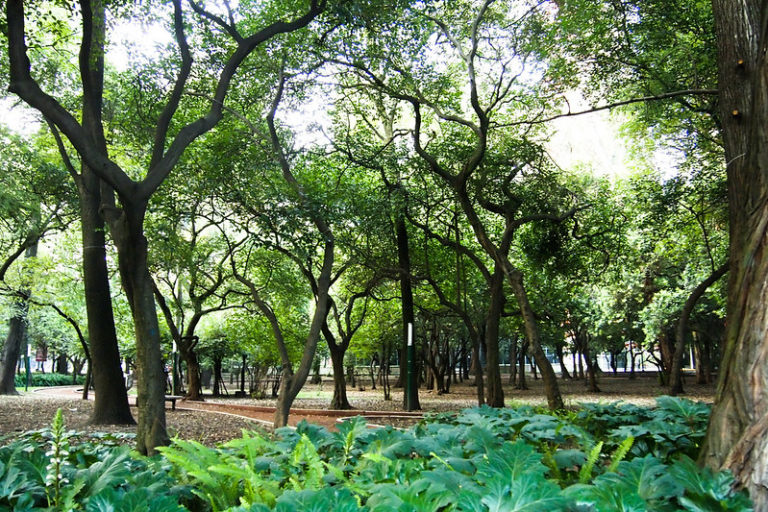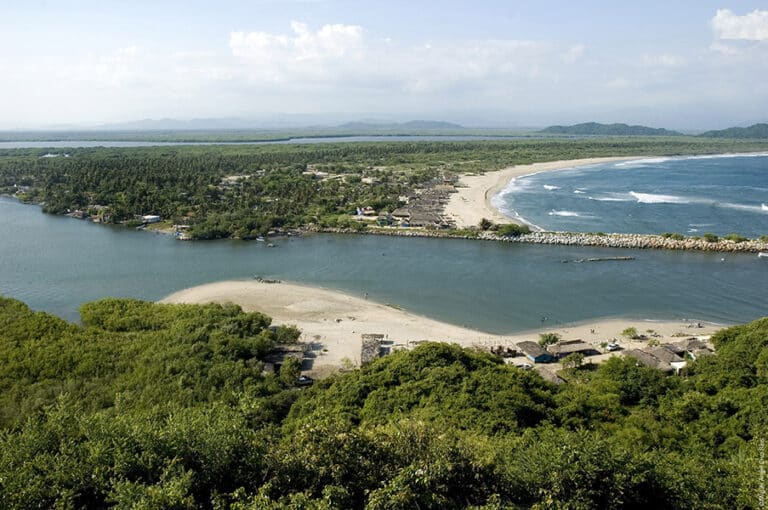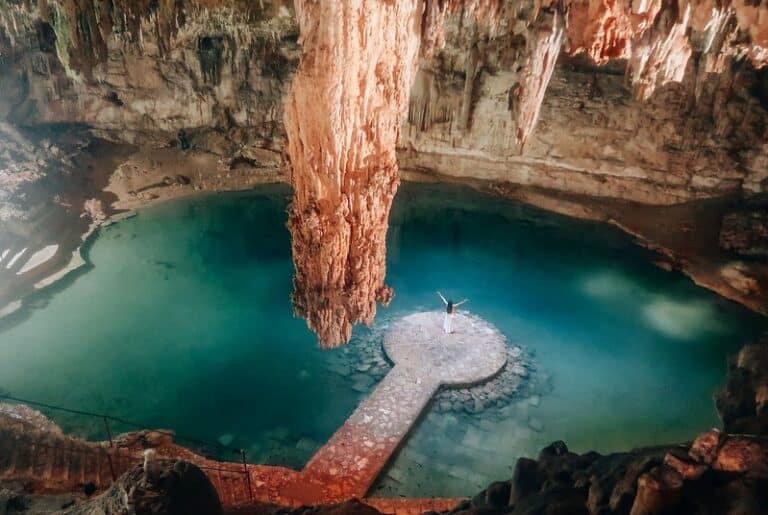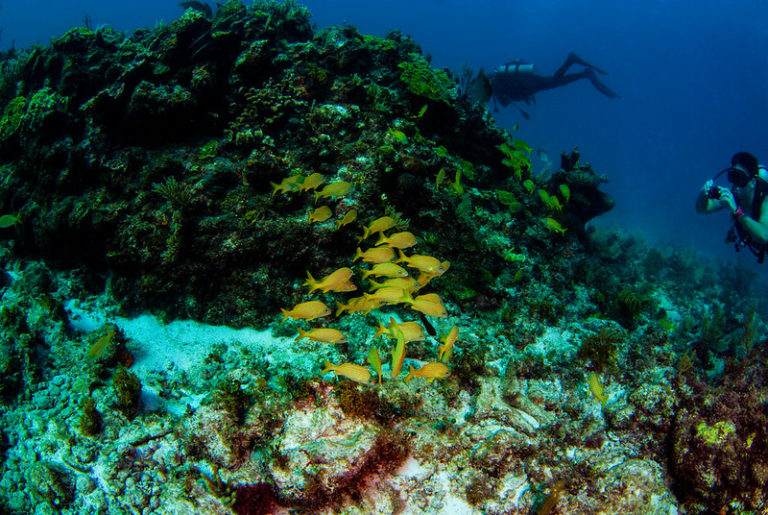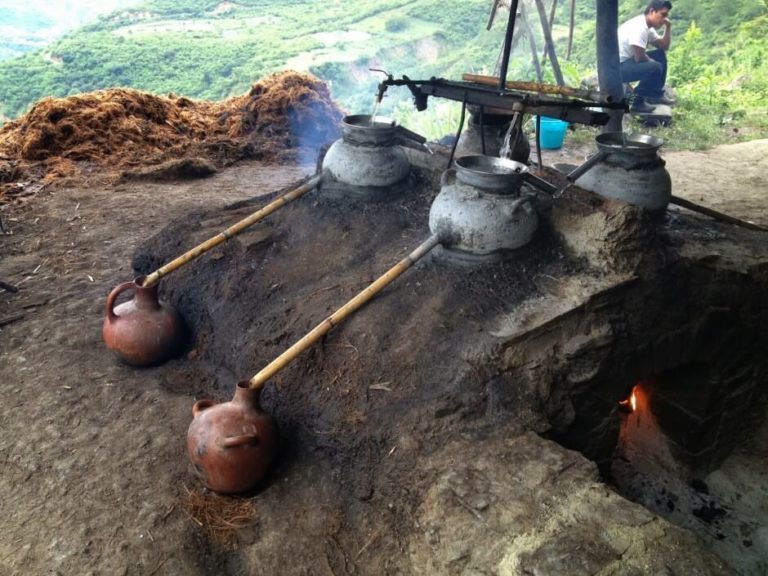Charales Fish: Unveiling Nature’s Miniature Marvels
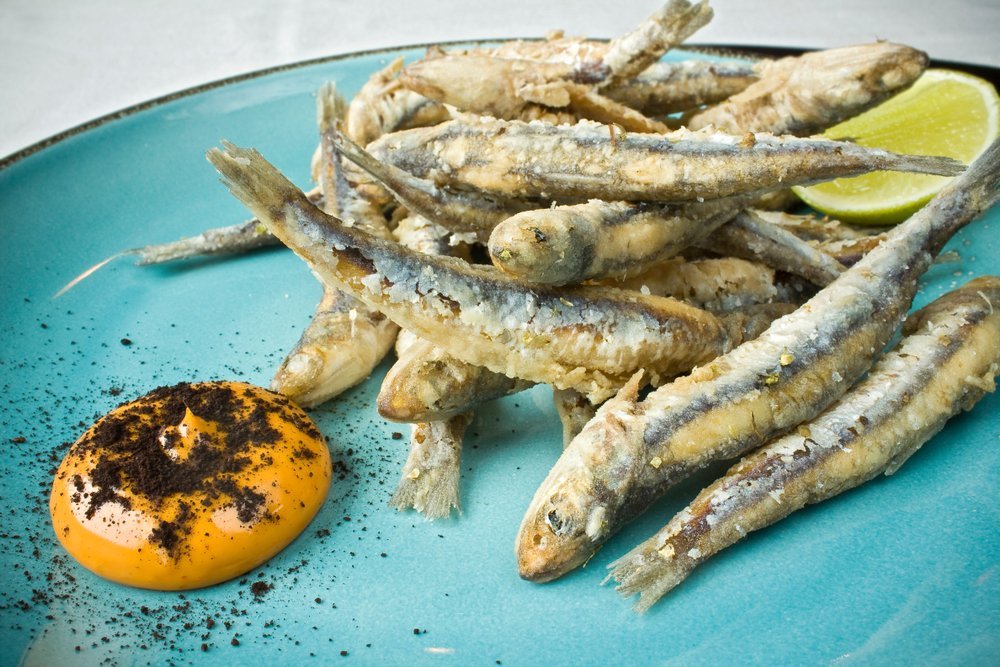
Charales Fish: Unveiling Nature’s Miniature Marvels
In the sprawling tapestry of aquatic life, there exists a group of organisms often overlooked amidst the grandeur of their larger counterparts—the Charales fish.
These diminutive marvels of nature, sometimes known as stoneworts or charophytes, possess a captivating elegance and ecological significance that belies their small stature.
In this exploration, we delve into the fascinating world of Charales, uncovering their unique characteristics, ecological roles, and the profound lessons they offer about the intricate balance of life within freshwater ecosystems.
The production of Charales
In Mexico, there are nearly 2,500 species of fish, of which a little more than 250 are endemic.
Among them are the charales, little fish that live in major lakes in the center of the country and have been consumed since pre-Hispanic times.
Charales inhabit different lakes of the Transversal Volcanic Axis. They mainly breed in Lake Chapala and Lake Patzcuaro.
In fact, the State of Michoacan comes first with 60% of the national production.
Although they are also found in other lakes in Jalisco, Campeche, Guanajuato, Guerrero, Hidalgo, and Tlaxcala.
Around 7,200 tons of charales are produced each year.
Charales, a gastronomic tradition
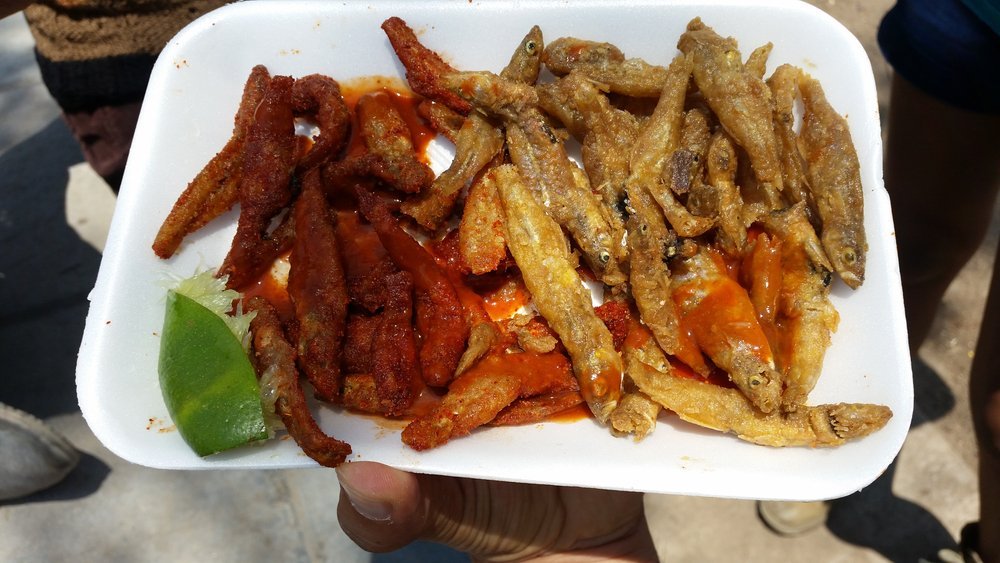
Charales are a great source of calcium, potassium, sodium, iron, magnesium, iodine, niacin, and vitamins C, E, B, and A.
In addition, they provide omega oils, so they are highly recommended. Above all, fish oil is good for developing the nervous system.
There are many ways to prepare them; roasted, fried, browned, as a snack or stew, in tamales, in tacos, with mole or Mexican sauces. It is a very versatile food.
However, the best way (and the traditional) to enjoy charales is as a snack. Here’s the simple recipe:
Ingredients: 2 servings
- 50 gms dried charales
- salt to taste
- lemon powder or juice
- cooking oil
- chile or salsa
Process
In a pan over medium heat, add two tablespoons of oil and the charales, and stir continuously so that they are impregnated with the oil.
Add salt to taste and lime juice or powder and keep stirring until they take a golden color and a nice crisp; let cool and enjoy.
Tip: After frying, I usually add extra salt, lime, and chili, to enhance the flavor.
Charales and white fish
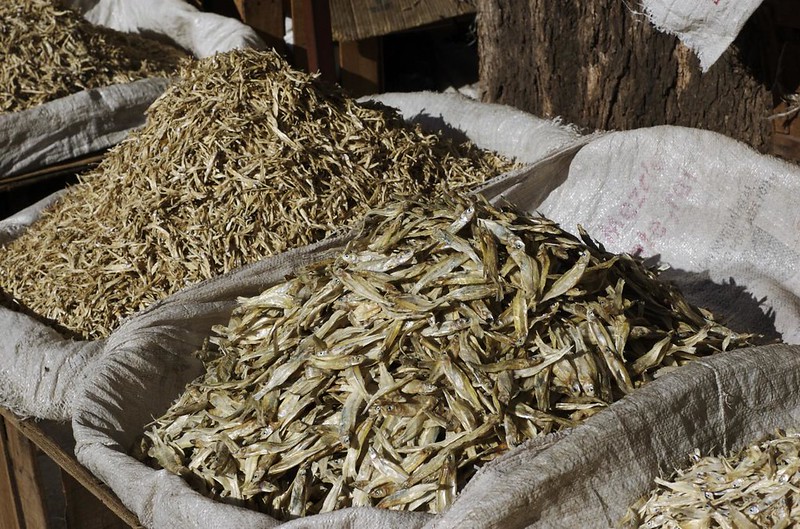
Only an expert could tell the differences between a charal and a white fish in a juvenile state.
The difference lies in size, as the charal reaches a maximum of 14 cm while whitefish can reach 40 cm.
Exhaustive and not very selective exploitation of the species is carried out, so fish of all sizes are caught because they are confused with the charales during the fishery, which has caused a significant reduction in its population.
After all, fishing affects all stages of the biological cycle.
Reproduction
The adult and sexually mature charales are removed from the trophic areas and gathered for 2 to 3 hours. Tens or hundreds of individuals can form these units.
The spawning areas have stones covered by filamentous algae and other types of moss, which, after spawning, are covered with eggs.
At a temperature of 24 °C, incubation lasts 72 hours, and the yolk sac is reabsorbed in 3 to 5 days.
The egg is fixed, spherical, yellow, measures 1 mm, and has interovular filaments. An average female lays about 600 eggs.
Source: Wikipedia

